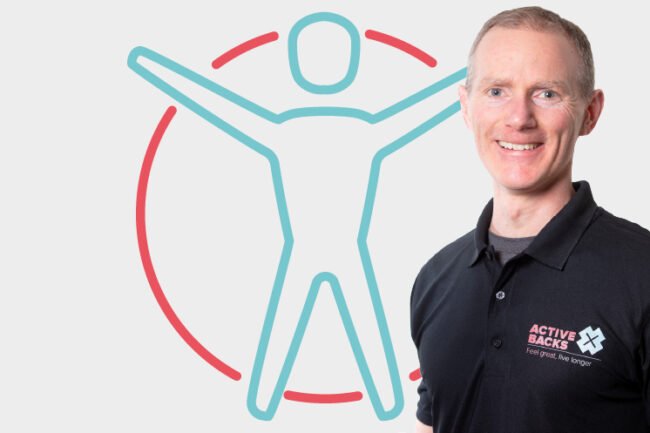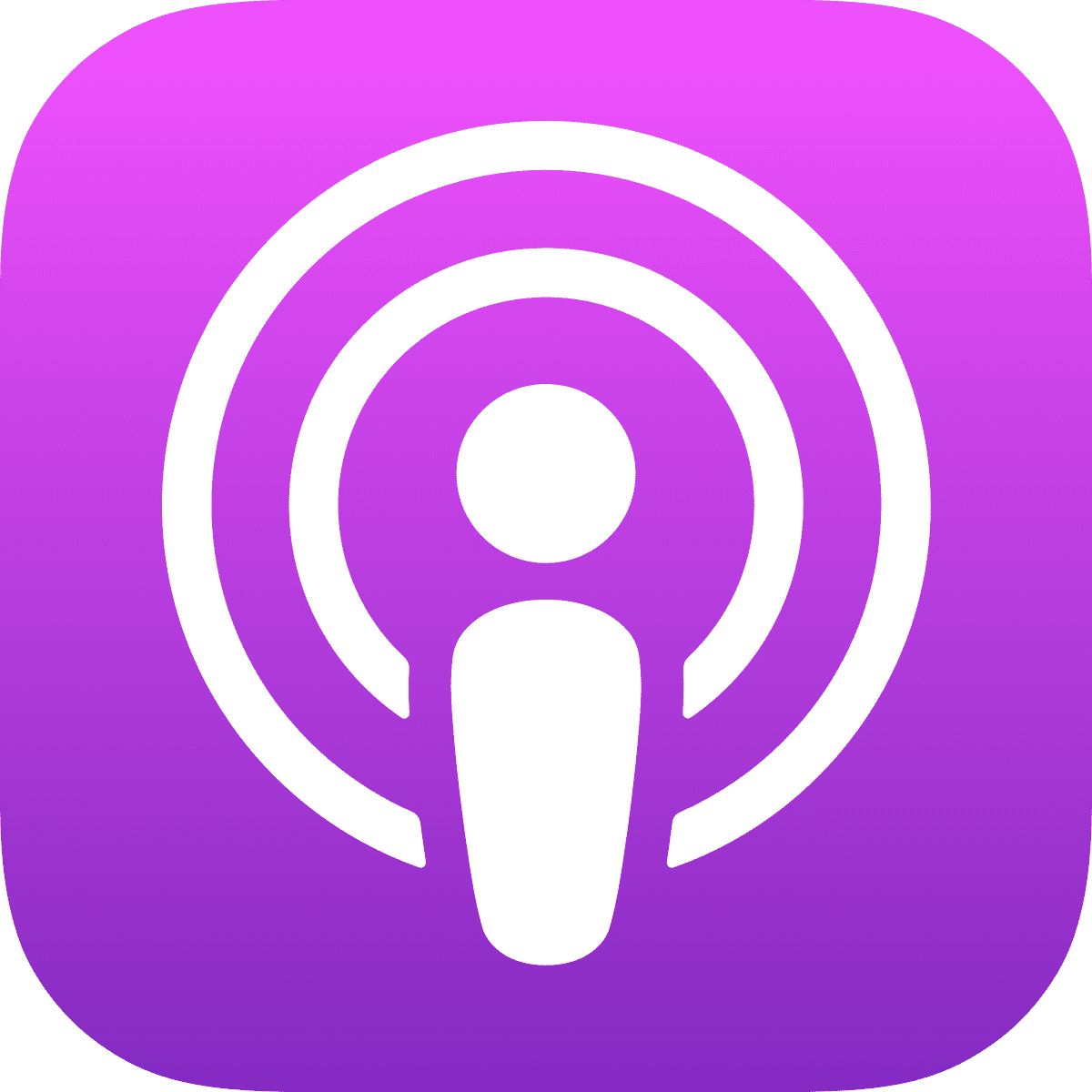Sciatica treatment options
Sciatica treatment options
This episode is entitled “sciatica treatment options” and it covers:
- Which type of sciatica do I have
- Treatment options for nerve compression sciatica
- Treatment options for non nerve compression sciatica

Which type of sciatica do I have
There are two types of sciatica: nerve compression sciatica and non nerve compression sciatica. Your sciatic nerve has lumbar spinal nerve roots and sequel spinal nerve roots. L4 L5 S1 and S4 join together to form your sciatic nerve. Nerve compression sciatica is the irritation of the sciatic nerve itself or of one of its tributaries.
Non nerve compression sciatica is where there isn’t compression of one of either the sciatic nerve itself or one of its tributaries, but there is referred pain. Think about that part of your leg, buttock being supplied by the sciatic nerve. Those lumbar and sequel nerve roots also supply other parts of your body, including your lower back. If you have a problem there, the pain can be referred to the sciatic distribution. Your brain fuels that down in the sciatic area, but it’s actually all coming from referred pain.
The treatment options for nerve compression sciatica are slightly different to the treatment options for non nerve compression.
Treatment options for nerve compression sciatica
Surgery is the least complex if you have a disc bulging. The surgeon tries to reduce the compressive irritation on the nerves by putting direct pressure on it, using an MRI or CT scan, and cutting away that little bit of disc. You can also opt to leave it alone and allow time to be the healer. The vast majority of disc problems can resolve spontaneously. Your immune system breaks down that bit of disc that’s in the wrong place, removes it and the disc heals over.
Another option is traction. Some companies offer large machines to lie in. The clinician sets it up and it applies targeted traction to the joint where the disc bulges. Targeted traction can be helpful depending on the patient’s size, and it can take a bit of physical effort. The machine makes things easier, but a skilled clinician can apply traction to a lumbar spine and alleviate irritation of a compressed nerve. It’s temporary, it only works while you’re being transitioned, but it improves the rate of healing.
You can also put a corticosteroid injections, designed to kill locally suppressed inflammation. When there’s a compressed irritated nerve inflammation is involved. Nerve ablation is where you kill the nerve, and that’s an end game. None of these guarantee success either in the short or the long-term. Some of them come with more risk than others, but these are the options for a structural solution. Other ones just ameliorate the symptoms of nerve compression sciatica. There are some drugs prescribed by doctors for nerve related pain, not always recommended in the clinical guidelines.
Acupuncture can reduce pain and manual therapy. We’re not necessarily solving the compression of your nerve, but there’s evidence that it can be helpful in the early to mid stages of sciatica.
Treatment options for non nerve-compression sciatica
Surgery isn’t appropriate and neither is traction. If there isn’t direct compression or direct rotation of your sciatic nerve or one of its tributaries, there’s no point in diving in surgery or traction. With referred pain, manual therapy, acupuncture and medication have a role to play. By medication we mean relievers, rather than preventers.
What is relevant to both categories is exercise and movement. That may be some specific exercises that can be helpful for nerve compression or non nerve compression sciatica. Use it or lose it, but don’t abuse it. Any movement that seems to be comfortable for you to do and doesn’t aggravate your pain is okay. Try and remain as active and do everyday activities as best you can so long as it isn’t aggravating your pain. If you want a more tailored solution, and more specific guidance on which exercises are right for your kind of sciatica, make use of the free assessment on our website backpainandsciatica.com. The output from that is a 10 page report, including which exercises and movements are most appropriate for you.


